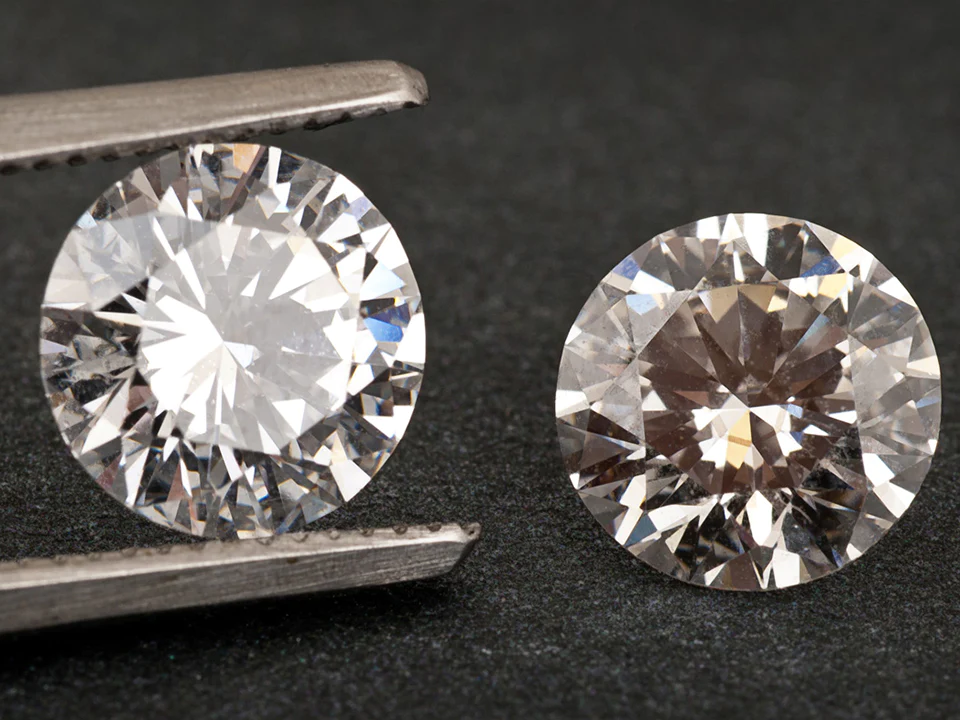
Diamonds have long been prized for their beauty and rarity, but their mining and production often come with ethical and environmental concerns. In recent years, lab-grown diamonds have emerged as a more ethical and sustainable alternative to traditional ones. They are made using advanced technology in a controlled lab environment, offering several benefits over natural ones. In this blog post, we will explore the science behind lab-grown diamonds, the different methods of growing them, their environmental and ethical benefits, and their impact on the diamond industry. We will also discuss their affordability and how to identify them. By the end of this post, you will have a better understanding of the fascinating world of lab-grown diamonds and their potential as a more ethical and sustainable choice.
Introduction to Lab-Grown Diamonds
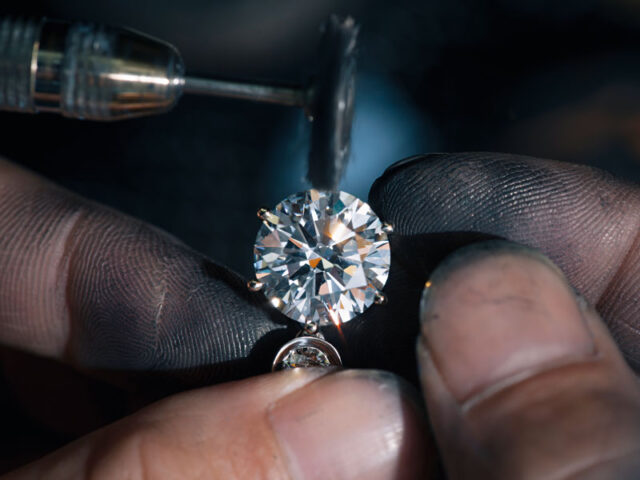
Diamonds are a symbol of luxury, love, and commitment. For decades, natural diamonds were the only option for people who wanted to purchase it. However, with advancements in technology, we now have the option of lab-grown ones. They are man-made diamonds that have the same chemical and physical properties as natural ones.
Comparison Between Natural and Lab-Grown Diamonds
One of the primary differences between these two is their origin. Natural diamonds are formed deep within the Earth’s mantle, under high temperature and pressure, and brought to the surface through volcanic eruptions. Lab-grown ones, on the other hand, are created in a lab using advanced technology that replicates the same conditions in which natural ones are formed.
Another significant difference between these two is their cost. Natural diamonds are expensive because they are rare and difficult to mine. In contrast, lab-grown ones are relatively affordable because they can be produced in a lab.
The Science Behind Lab-Grown Diamonds
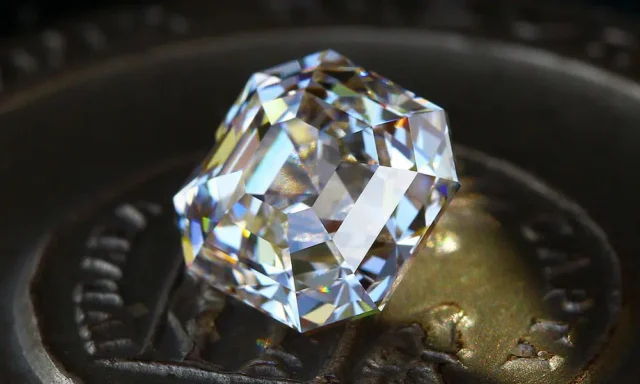
HPHT Method
The High-Pressure High-Temperature (HPHT) method was the first method developed for creating lab-grown diamonds. In this method, a small diamond seed is placed in a chamber and subjected to high pressure and high temperature. This process mimics the conditions under which natural ones are formed in the earth’s mantle. The pressure and temperature cause the carbon atoms to bond together, forming a diamond crystal around the seed. The crystal is then slowly cooled over several weeks to prevent cracks and imperfections from forming.
One advantage of the HPHT method is that it can produce larger pieces than other methods. The process is also relatively fast, with diamonds being produced in a matter of weeks. However, the ones produced by the HPHT method often have a yellowish or brownish tint, which can make them less desirable.
CVD Method
The Chemical Vapor Deposition (CVD) method is a newer method for creating them. In this method, a seed is placed in a vacuum chamber and heated to around 800°C. A mixture of gasses, including methane and hydrogen, is then introduced into the chamber. The gasses break down, and the carbon atoms deposit on the seed, creating a diamond layer. This process is repeated several times, resulting in a larger crystal.
One advantage of the CVD method is that it can produce diamonds with fewer impurities. The ones produced by the CVD method also have a more desirable color than those produced by the HPHT method. However, the CVD process is slower than the HPHT method, with crystals taking several weeks to grow.
Other Methods
In addition to the HPHT and CVD methods, there are several other methods for creating lab-grown diamonds. One such method is called the Explosive Method, which involves detonating explosives to create the high pressure and temperature necessary for their growth. Another method is called the Ultrasonic Method, which uses ultrasonic waves to create the necessary conditions for their growth. However, these methods are less common and less efficient than the HPHT and CVD methods.
Environmental Benefits of Lab-Grown Diamonds
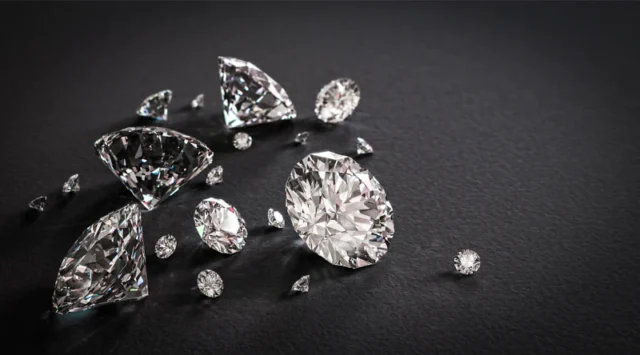
One of the significant benefits of lab-grown diamonds is their environmental impact. Mining is a resource-intensive process that can damage the environment and cause social issues. Mining can cause soil erosion, deforestation, and habitat destruction. Lab-grown ones, on the other hand, have a significantly smaller environmental footprint. They require less energy and produce fewer greenhouse gas emissions. Choosing them over natural ones can reduce the demand for mining, leading to a cleaner and healthier planet.
Ethical Concerns Surrounding Diamond Mining
The ethical concerns surrounding mining are significant. Mining has been linked to human rights abuses, such as forced labor and child labor. Furthermore, it can lead to environmental destruction and social issues. Choosing lab-grown diamonds is a more ethical choice because they are produced without the negative impacts of mining.
The Impact of Lab-Grown Diamonds on the Diamond Industry
The diamond industry has been disrupted by the introduction of lab-grown diamonds. While natural ones remain popular, the increasing availability and affordability of lab-grown ones have created a new market for those who are looking for a more affordable and ethical option. If you are considering purchasing it, there are several reputable retailers, including lab diamonds UK, who specialize in selling them. They have also put pressure on the industry to be more transparent about their supply chains and ethical practices.
The Affordability of Lab-Grown Diamonds

One of their main benefits is their affordability. Natural diamonds can be expensive, with prices varying depending on the size, color, and clarity. Lab-grown ones, on the other hand, are more affordable because they can be produced in a lab using advanced technology. This means that they can be up to 40% cheaper than natural ones, making them a more accessible option for those who want a diamond without breaking the bank.
How to Identify Lab-Grown Diamonds
Identifying them can be difficult, as they have the same physical and chemical properties as natural ones. However, there are several ways to identify them, including using specialized instruments that can detect differences in the crystal structure of lab-grown and natural ones. Additionally, they often have small inscriptions on the girdle that indicate they were created in a lab.
Future Developments in the Lab-Grown Diamond Industry
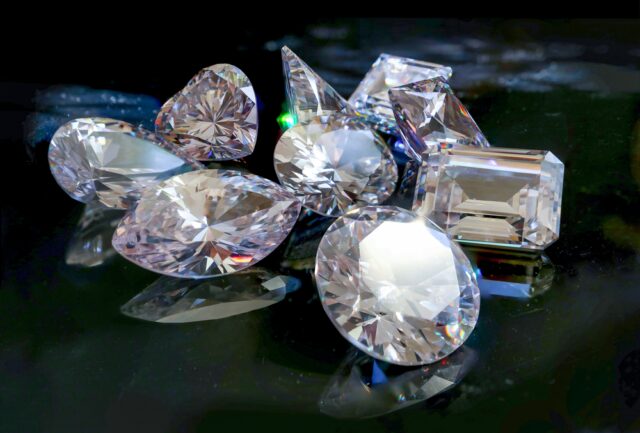
The lab-grown diamond industry is rapidly growing, with new advancements and developments being made all the time. One area of focus is creating larger, more pure diamonds using the CVD method. Additionally, scientists are experimenting with new methods of growing them, such as using microwave technology and nanotechnology. As the technology improves, they are becoming more accessible and affordable, making them a more popular choice for those looking for a diamond.







